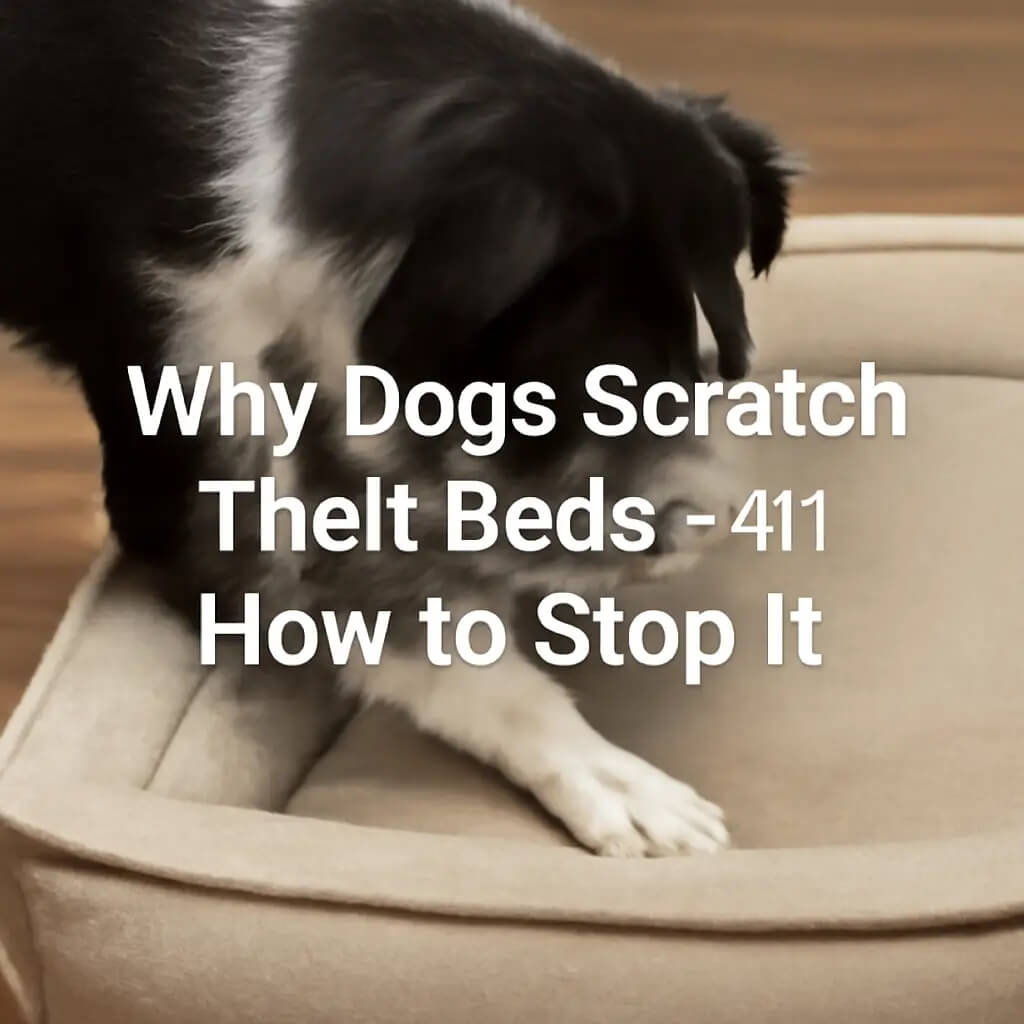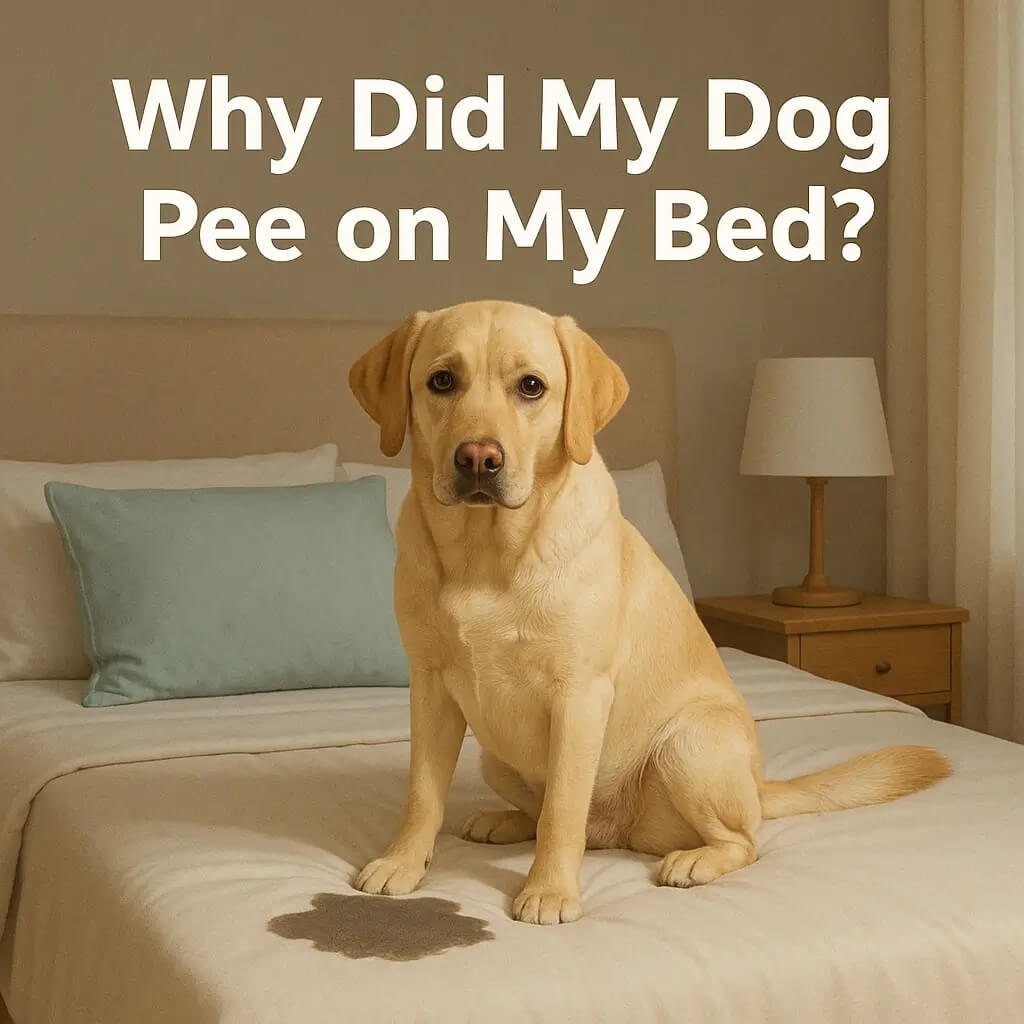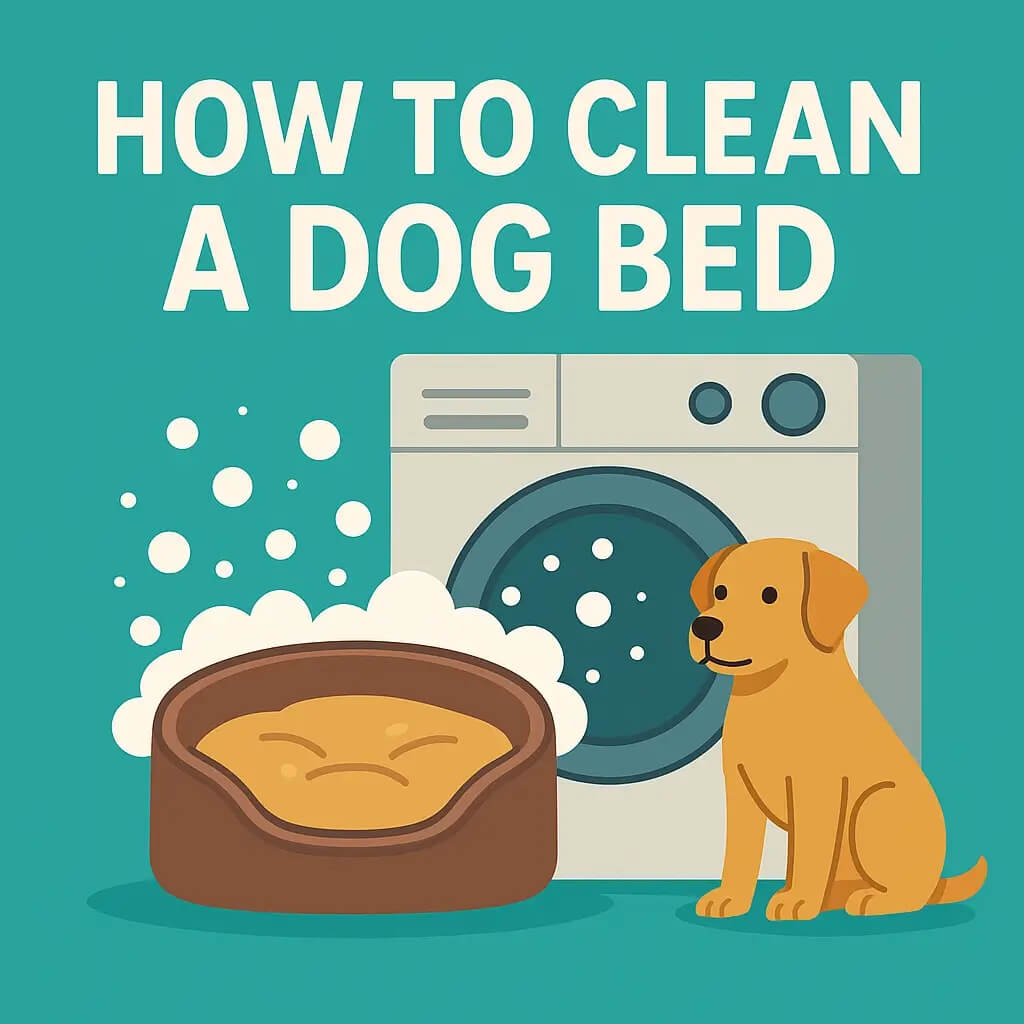Ever feel like you have four legs attached to you like velcro? If your pup is more shadow than dog, you’re not alone. Many pet parents struggle to understand why their dogs become tail-wagging satellites, always orbiting them. This weird situation with dogs is not about their cuteness and attachment but it could also mean deeper issues that need to be addressed.
In this post we’re getting straight to the point, we’re looking at why your dog is a clingy sidekick.
Understanding Your Dog’s Velcro Behavior: Why Some Dogs Become Clingy
Ever wondered why your clingy dog follows you everywhere and is your constant shadow? This velcro behavior is common in social animals like dogs who naturally crave companionship and feel safe when they’re close to their pack. But a dog’s clinginess can be due to many reasons, from their pack animal nature to separation anxiety in dogs. Let’s get into it so pet parents can understand their furry friend better.
Why Do Dogs Become Clingy?
Clingy behavior can be caused by emotional, environmental or physical factors. While most dogs love being near their humans, certain conditions can make them too attached and become what many dog owners call the velcro dog. Here’s why this might be happening:
Separation Anxiety Panics Many dogs develop anxious behavior when left alone. This is especially true for clingy dog breeds like Golden Retrievers or French Bulldogs who were bred to be lap dogs. If your dog panics or destroys when you leave, it might be separation anxiety.
Learned Behavior from Puppies Dogs are curious and love to follow their humans as part of their pack instinct. Puppies often exhibit clingy dog behavior as they adjust to their new home. If this isn’t addressed it can become a lifelong need for constant attention.
Health Issues or Aging Older dogs can become clingy due to health problems like vision loss or physical problems like joint pain. Always consult a vet to rule out underlying physical issues if your dog becomes clingy suddenly.
Life Experiences and Trauma Past experiences like being rehomed or neglected can leave a lasting impact on your pet’s mind making them too dependent on their new pet mom or family. In these cases building trust through positive reinforcement and creating a safe space is key.
Are Certain Breeds More Clingy?
Yes, clingy dog breeds like Labradors, Chihuahuas and Cavalier King Charles Spaniels are known to be very attached to their humans. But not all clingy dogs come from specific breeds—individual personalities and upbringing play a big role in developing clingy dog behavior.

How to Help Your Dog in a Healthy Way
While your dog’s need for attention is adorable, independent behavior is essential for their overall well-being. Here are some fun ways to reduce your pet’s clinginess:
Mental Stimulation: Use puzzle toys and interactive toys to keep your dog mentally stimulated, not bored.
Physical Exercise: Engage in regular physical activity to burn off excess energy that can contribute to anxiety.
Safe Space: Create a cozy area with their favorite toys where they can chill when you’re not around.
Reward Good Behavior: Use positive reinforcement when your dog is calm and independent, build their confidence.
When to Seek Professional Help
If your pet’s clinginess escalates into severe separation anxiety or involves other concerning signs like changes in your dog's appetite or physical symptoms, consult a veterinary behaviorist. They can help identify and address health issues or learned behaviors contributing to their attachment.
By understanding the root causes and addressing your dog’s behavior with patience and care, you can create a balanced relationship where your canine companion feels secure and happy without needing constant attention.
Breed-Specific Clinginess
As we wade deeper into the pool of clinginess, it's clear this behavior isn't one-dimensional. From health concerns to their cozy corner in the living room, various factors could be amplifying your dog's sticky behavior. Let's untangle these threads to see the bigger picture.
Health Woes
Clinginess can often be a distress signal. If your dog suddenly morphs into your shadow, it could be their way of saying, "Help!" Health issues, often not visible at first glance, can cause discomfort or fear, making your pet more clingy. Is your dog not eating, or perhaps they're eating peculiar things like rocks? These subtle signals might be a way of expressing a need, for assistance hinting at health issues such, as digestive problems or dental conditions.
Regular check-ups are vital to ensure your furry companion is in tiptop shape. Keeping a close eye on your dog's overall health can sometimes explain a sudden onset of clingy behavior.
The Comfort Factor
Consider their surroundings. Is their living space comfortable, safe, and dog-friendly? Stressors in their environment can lead to behavioral changes. That's where creature comforts come in. From a calming bed to their favorite chew toy, ensuring your dog's surroundings are comforting can create a sense of safety, reducing clinginess.
Moreover, investing in items like orthopedic dog beds can provide relief for older dogs or those with joint pain, making them feel more secure and less dependent.
Training and Socialization
Training isn't just about tricks and obedience. It's also about building confidence and independence in your dog. Proper training helps establish a healthy communication pathway between you and your pooch, clarifying that it's okay to be alone at times.
Furthermore, it's important to socialize your dog. Introducing them to environments, individuals and other animals can assist in developing their confidence to explore the world independently or, with you. Unsure where to start? Dive into some foundational dog training techniques, or consider professional guidance to navigate separation anxiety or extreme clinginess.

Fostering Independence
Addressing your furry friend's clinginess isn't about severing the emotional leash but rather creating a healthy balance where they feel secure and independent. Here's how to gently nudge your Velcro buddy towards a more confident, relaxed state.
Safe Zones
Every pup needs a place to call their own, offering comfort when their human isn't around. Whether it's a fluffy dog bed, a special dog bed, or a cozy calming dog bed, having a safe haven can reduce anxiety. If they're crate trained, make their crate a happy place, never a punishment. Add in their favorite toys or blankets for that extra dash of 'home.'
Brain Games
Clinginess can stem from boredom. Engage your dog's brain with puzzle toys, obedience training, or hide-and-seek games that challenge them mentally. It helps distract them from their preoccupation, with being human and directs their attention towards tasks that're worthwhile. Besides it's incredibly enjoyable!
Alone Time
Teaching your dog that it's okay to be alone is crucial. Start with short departures, ensuring you return before they get anxious. Gradually increase the time, rewarding them for calm behavior. It's not a goodbye; it's just a 'see you later!'
Routine Rules
Dogs thrive on routine. Regular feeding, walkies, and bedtimes can make the world seem less chaotic and more predictable, reducing their stress. Consistency is comforting, as they know what to expect and when to expect it.
Conclusion
As we wrap up this journey, remember that the path of companionship with our dogs is a journey of learning, empathy and mutual growth. Clinginess expressed through different behaviors isn’t just a trait but a communication of deeper needs, emotions and sometimes underlying health issues. It’s a call to us, the caregivers to not just find solutions but to understand the root of their distress.












